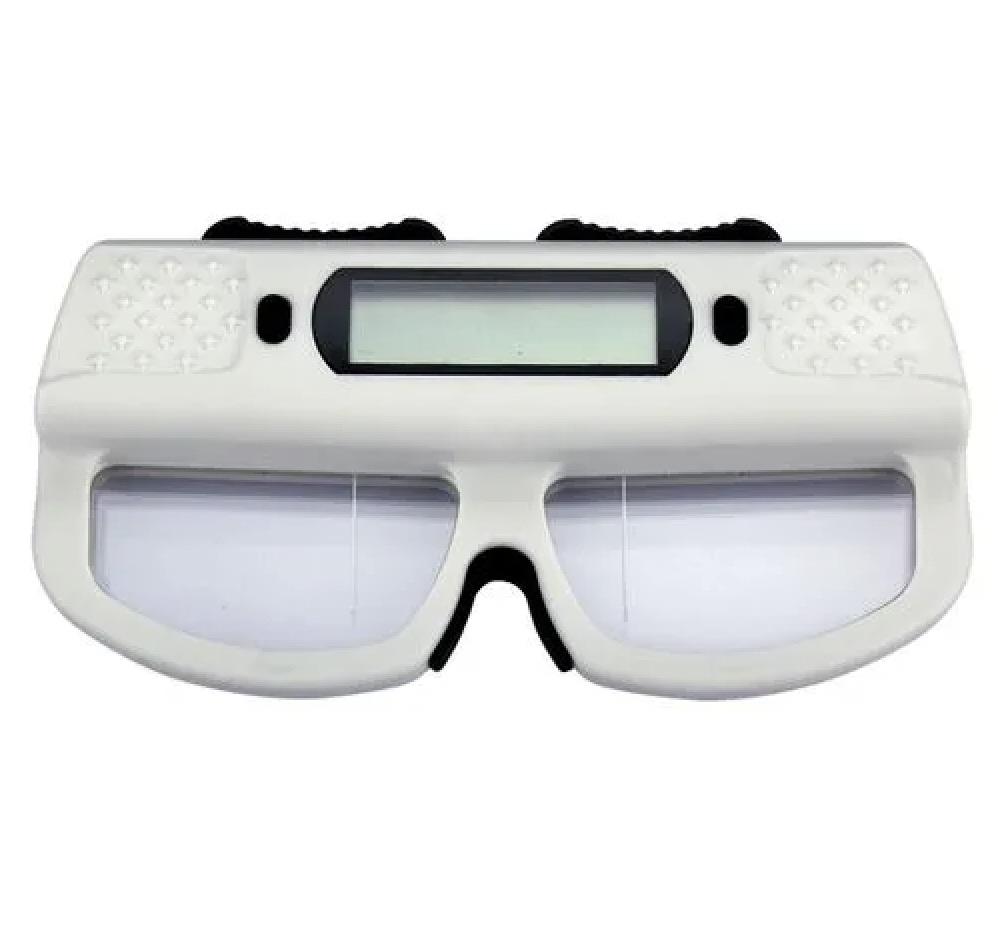Visual Rehabilitation Training Under Computer Aided System
Visual rehabilitation training such as binocular fusion abnormalities under the computer-aided system makes the training more accurate and diversified. At the same time, the training methods are more colorful and interesting. Compared with the traditional visual rehabilitation training, it is particularly excellent in improving patients' attention and changing the boring and monotonous in the training process. Under the computer-aided system, the effect of binocular splitting can be achieved through polarizing glasses or red and blue glasses combined with 3D video. Even now, with the help of virtual reality technology (VR), the collection and dispersion stimulation of both eyes can be easily realized, so as to exercise the positive and negative image range of patients. Computer aided system can also realize other visual rehabilitation training, such as adjustment function rehabilitation training, disinhibition rehabilitation training, amblyopia visual rehabilitation training and so on. Some new achievements in the research of visual psychophysics are also quickly applied to the visual rehabilitation training under the computer-aided system, such as the training and inspection of dynamic stereo vision. Some complex visual stimuli, such as Gabor visual markers and position difference visual markers, can be easily generated under the computer-aided system, and flicker and other ways that are not easy to be realized in the traditional visual rehabilitation training projects.

Although the visual rehabilitation training under computer-aided system provides a new training scheme for visual rehabilitation training, it can not completely replace some visual rehabilitation training closest to the natural visual environment in free space and with actual distance change. Therefore, the combination with traditional visual rehabilitation training may be a better visual rehabilitation training.

